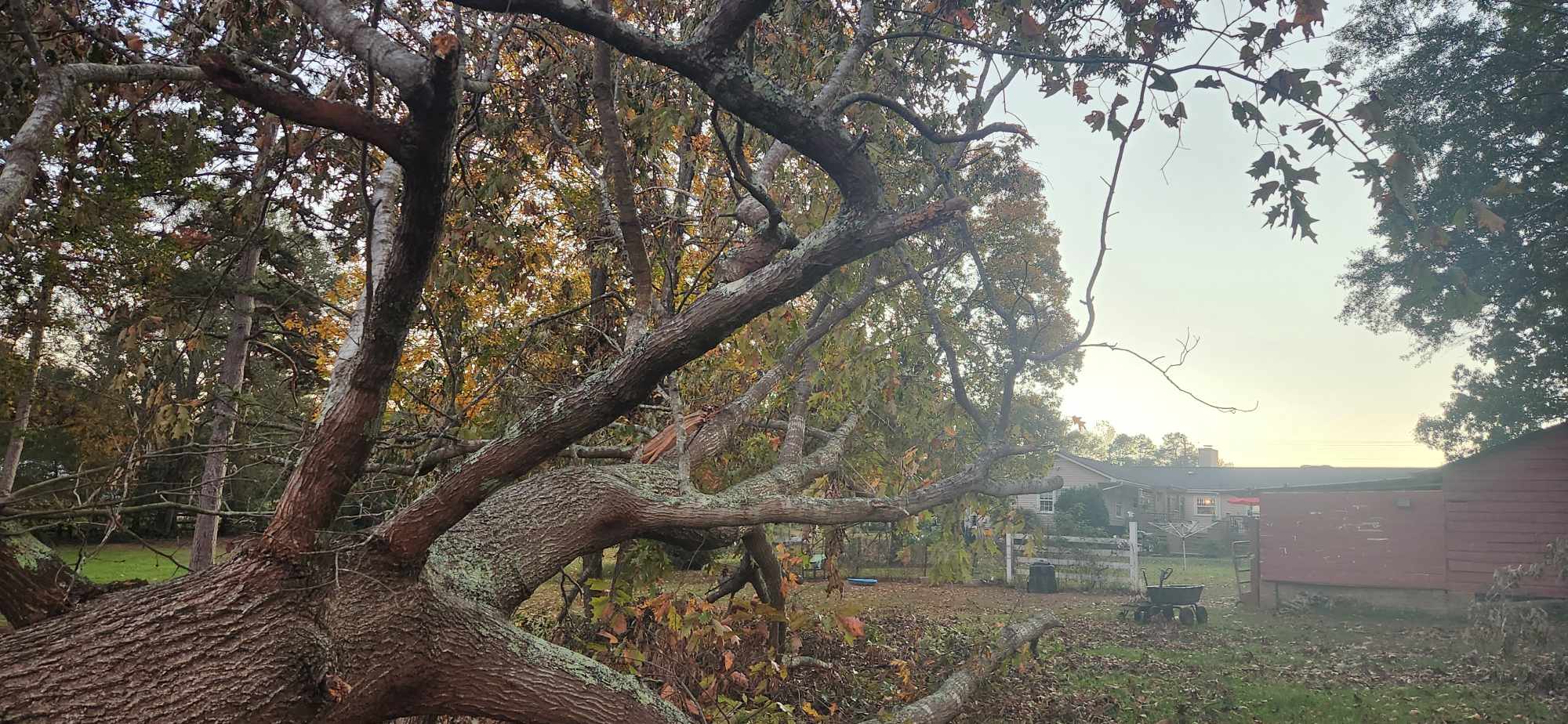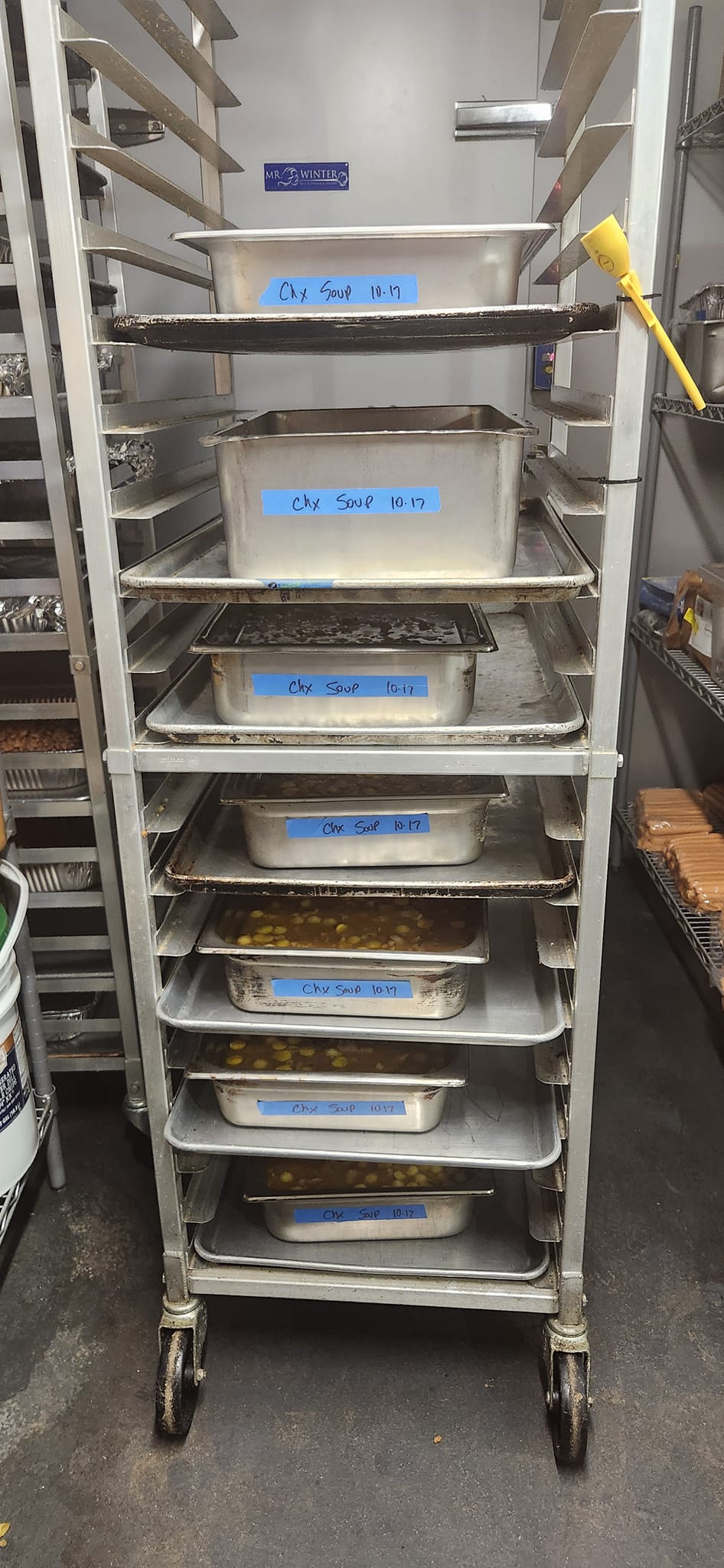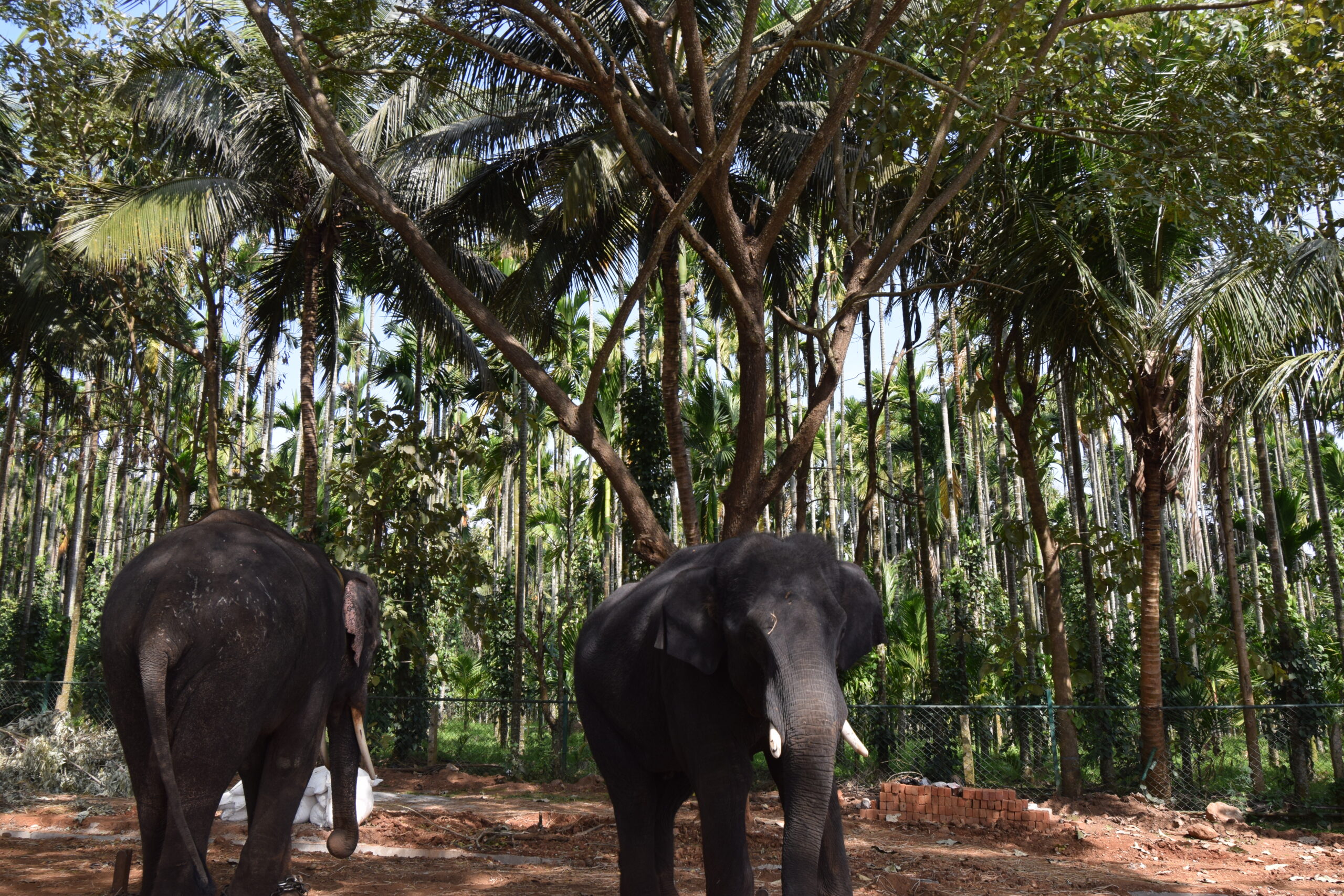In my lifetime I have been fortunate enough to save the lives of two little girls. One of those little girls was my daughter Holly that my wife Amy and I adopted from Social Services when she was one month shy of her sixth birthday. The other was a stranger, a charming little brunette maybe four or five years old that I held in my hands for perhaps three frightening minutes while her father nearly drowned all of us.
Years ago my wife’s family would vacation on Pawley’s Island, SC. Sometimes her cousins would visit, other times not but our getaway to Pawley’s was one of the highlights of our year. For a Chef that stands on his feet for ten to twelve hours at a time and whose day can hold enough chaos to delight an air traffic controller, spending a week on the beach with nothing to do but walk, run, catch crabs, surf or nap away the day is pure pleasure. Those beach trips would allow me to spend the afternoon cooking a huge supper and the mornings goofing off in the surf. One year I was able to teach my wife’s cousins, Andy & Patrick the art of surfing. The first part of learning how to surf is waiting for the right wave. If one were to stand on the second floor balcony of a house looking out over the beach, one would think that finding the right wave would be easy. The waves seem endless, flowing in a steady rhythm. Yet swim out about 100 feet offshore and finding the right wave can become an exercise in tediousness. It is easy to start chasing waves, trying to rapidly paddle to a spot just over there because that’s where a choice swell is forming but chasing waves will quickly tire one out and won’t produce results. It’s much more satisfying to paddle to the best distance from shore, the spot where the waves are close to their breaking point but not quite breaking then just wait and judge the swells for their potential opportunity. This is the tough part about teaching a 12 year-old to surf, the patience involved. You must be willing to let seemingly good waves roll underneath as you wait for opportunity. You can’t jump down the face of a wave that has a short life span, with no roll or shallow trough in front of it because it’ll be short lived. You’re better off learning how to watch first. Surfing is all about timing and patience, get in the right place then just wait and watch. The best wave will have structure and length and the water in front if it will be noticeably shallow as the retreating surf is pulled underneath by the growing current of the advancing wave. As the wave crests behind you, put your head down and arms out and give a few quick, strong strokes to catch the wave’s momentum then suddenly the wave catches you, propels you forward with a burst of speed. Angle the board away from the direction of the break and in no time you have gone from paddling madly to a feeling of almost weightlessness. Andy & I spent about 30 minutes in the surf one morning while Amy was inside fixing breakfast. When our appetites got the better of us we swam for shore and came in near a family of three that included a little girl that was just settling in by the rock jetties.
We headed off to the house, racing each other back when I heard a scream. I turned and saw that this little girl had been swept up by a wave and was being pulled into the swirling currents that line the rocks. Her father, a large bearded man maybe 125+ pounds overweight was running in after her. Andy and I are maybe 300 feet away and I don’t like this little girl’s odds. The tug and pull of a rip tide can be brutal next to the rocks so I pick up the short boogie board, tell Andy to stay put and sprint to the surf. As I dive into the waves the father has reached his daughter but they have both gone too far and he is struggling in the surf, has lost his footing and is trying to swim while keeping her above water. I’m on the board now, face down and kicking hard and wondering if I will be able to save either of them. As I get within an arm’s length of the father he reaches out for my board and in his panic flips me over. I’m not wearing the board’s leash which would normally be strapped around my wrist because there was no time to put it on. I struggle to hold on and I’m kicking wildly to right myself but this guy is in such a panic and he’s so heavy he’s dragging all three of us down and we’re in the worst possible spot, right next to the rocks in six feet of crashing water. I come up gasping and choking, find myself behind him so with my left arm I reach around his neck and grab his right armpit and squeeze. He lets go of his daughter and I plop her on the front of the board, hold her with my left hand and start kicking out to sea. Currents along the shoreline can be maddening and unpredictable. When the media talk of rip currents those currents do not actually pull one out but tend to move parallel to the beach, causing a frightened swimmer to fight the current rather than move with it until out of its grasp and then one can swim to shore. So I head out a bit before turning to my right and kicking with the current, I move about 25 feet before turning to the shore. The mother is heading towards me, running through the waves, arms outstretched, screaming for her daughter. She reaches me in about three feet of water and picks up the little girl and crushes her to her chest and rushes back to shore. I stand up and look for the father, wondering if he’s still alive only to see him kneeling down and choking in the surf. I throw the board towards the beach and swim to him, put my arm around him as he staggers to safety, gasping for air and shaking all over. A passing jogger stops and gives me a hand, unaware of what has just transpired. This gentleman must weigh close to 300 pounds, if not for the grace of God he easily could have pulled my meager 185 pounds down. I help him to his wife who in the blink of an eye has almost lost her husband and daughter. She grasps my face with both of her slender hands, pulls me close and says a teary thank you, thank you, thank you. I reach out for her right hand and smile then recommend a visit to the E.R. just to make sure everyone is OK. The husband has caught his breath and is sitting on one of those whimsical sea blue beach towels decorated with sea horses and star fish. I kneel down and ask him if he is OK, he’s shell-shocked yet he manages a thin smile then turns away. He’s too embarrassed to look me in the eye. “Thank you, I’m fine” he wheezes. I stand up and look around. The passing jogger has gone, there was no fanfare, no cameras, no reporters shoving microphones in my face, just me and Andy on the beach with this embarrassed father, a grateful mother and a little girl in tears. I mention to Andy that we should go in and get some breakfast. Andy rushes into the house and tells everyone what has happened and several of my wife’s family runs to the balcony asking “Who was it? What happened?” but the family in question has already left the beach and there is only the constant pounding of the surf. Sometimes our best efforts, the mark of character that our parents spent years trying to develop in us, goes unseen by all but our Savior.
When we pray we often ask of God, we ask him to do something for us, grant us a specific trait we lack, provide for us and then we look for quick results. Is Grandma getting better, where’s that new car or that new job we have been praying for. We hastily jump down the first wave we see, looking for quick results instead of realizing that God moves at his own pace and will answer our prayers in his own time, his own manner. Maybe his answer is no, maybe his answer is yes but often the answer is: wait.
Occasionally I would think of that little girl and say to myself: “She sure was lucky I was there.” It was years before I understood that it wasn’t me, but God and he had plans for that little girl. Perhaps that moment brought that family closer to God, caused them to realize what a wonderful gift life is or maybe that little girl went on to serve in ways that I never will.
That part isn’t really important to me. I know now that for a brief moment in time God asked me to get into the surf and be patient, to wait for the right opportunity. I would be needed.







One Response
The idea of harboring patience is one that can be relearned and relearned throughout a lifetime. Thank you for sharing this post.